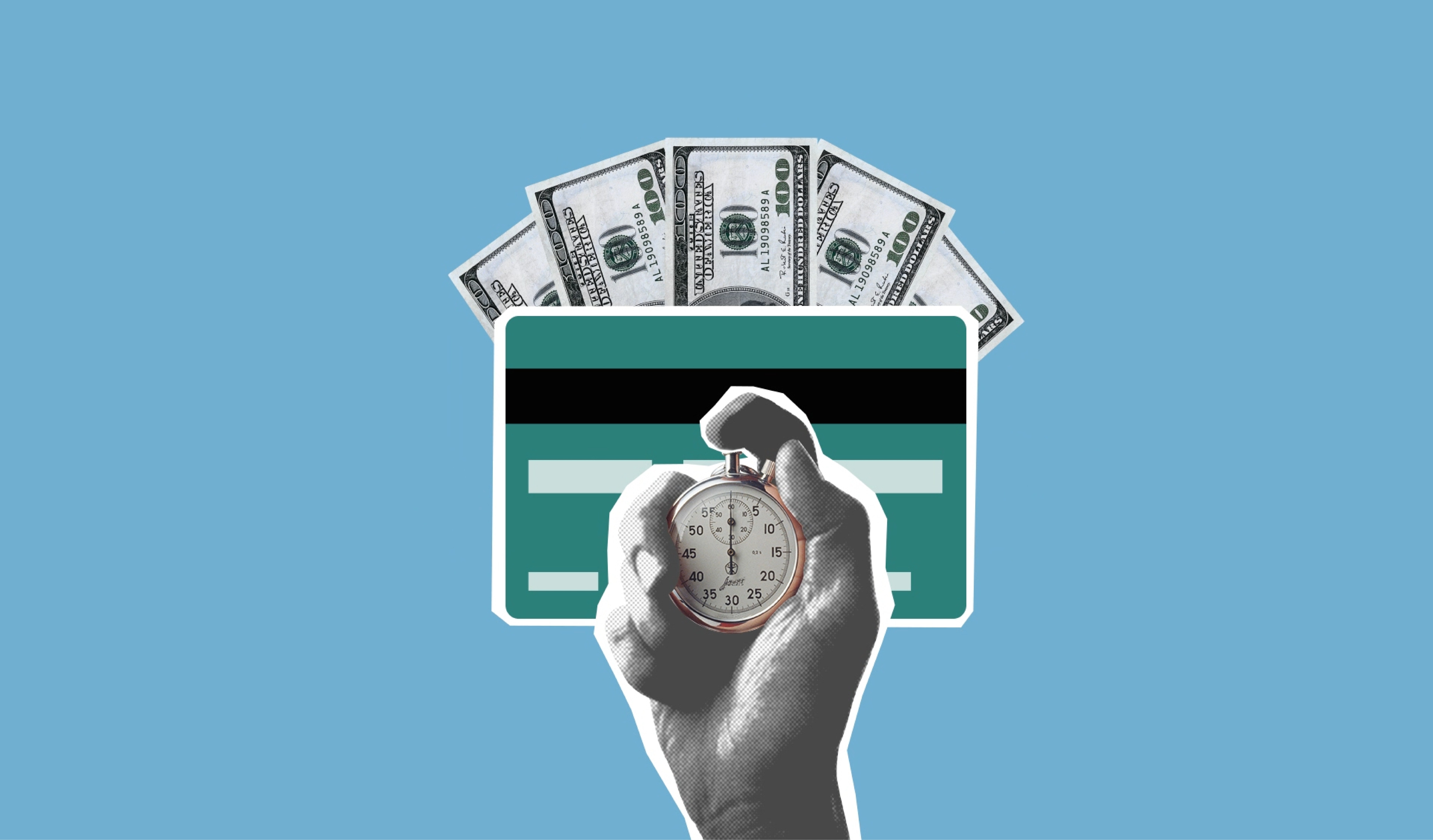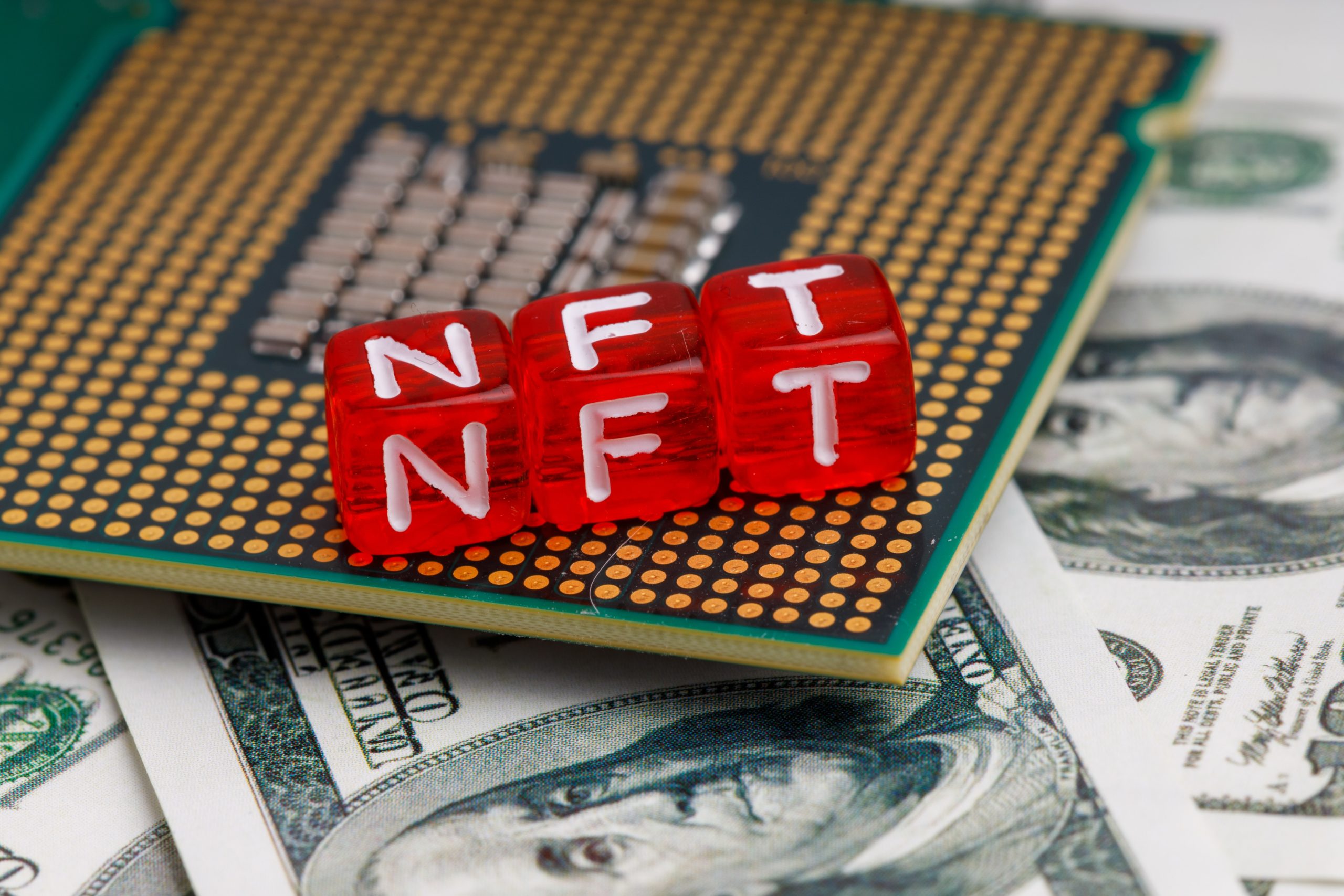
- India’s Kaleidofin closed a $15 million investment round this week.
- The funds bring the company’s total funding to almost $23 million.
- Kaleidofin will use the capital to launch and scale its lending arm, KaleidoCredit.
India-based financial services provider Kaleidofin announced it has raised an additional $5 million in funding, adding to the $10 million investment the company received in January of this year. The $15 million round brings Kaleidofin’s total funding to just shy of $23 million.
Participating in the round’s latest installment are Bill & Melinda Gates Foundation’s Strategic Investment Fund and angel investors. These investors join previous contributors Omidyar Network, Oikocredit International, and the Michael & Susan Dell Foundation.
“We are delighted to have investors known for their deep focus on informal sector customers and innovation promoting financial health, as partners, said Kaleidofin Co-founder and CEO Sucharita Mukherjee. “The partnership seeks to offer a broad range of financial services to underserved communities with a specific focus on low-income women customers at scale. The new funds will be used to further strengthen all our product lines, but will specifically help us launch and scale our KaleidoCredit business aimed at offer customized credit products for individuals and nano and micro SME customers.”
Founded in 2017, Kaleidofin serves 1.2 million customers across 14 states and 230 districts in semi urban and rural India.
Kaleidofin seeks to serve India’s population of 600 million underbanked consumers in what it calls “the informal economy.” The company’s offerings include KiScore, a credit health analysis tool; KaleidoCredit, its lending arm; and KaleidoPay, a payments tool; and KaleidoGoals, goal-based savings solutions. The savings solutions come in three tiers aimed to help a range of users either begin or start their savings habits.
Today’s news comes at a time of increased interest and activity in Indian fintech. Yesterday, Andreessen Horowitz announced his VC firms has earmarked $500 million to invest in Indian tech startups. India is an area ripe for fintech disruption thanks to its population’s high rate of technological adoption combined with the region’s large number of unbanked and underbanked consumers.
Photo by drmakete lab on Unsplash
















